Gardens in Fort de France, Martinique
Read moreThe Schœlcher Library
Others in Fort de France, Martinique
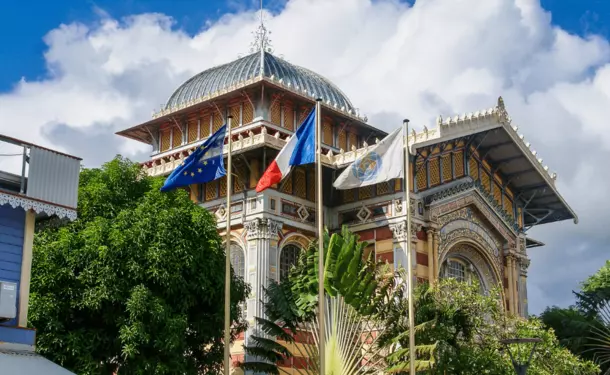
-
Lasts about 2h
-
Phone : +596 596 55 68 30
- You own this tourist site and want to change its content? Contact us.
Overview
The historical monuments of Fort de France are rare: a gigantic fire destroyed three quarters of the city in 1890. Those that do exist are quite remarkable and worth a visit. Being in the capital of the island, tourist or inhabitant, visit the Schoelcher Library, it will not fail to surprise you.
The Library
The building is very original in many ways. First, it is a splendid building that you will easily identify by its elegant façade with yellow and red mosaics. A metal roof and a glass dome cover it. A clever mix of Byzantine, Art Nouveau, Egyptian art and Western classical inspiration, its style is absolutely unique.
The architect Henri Pick worked on its construction from 1887, in the Jardin des Tuileries. According to the inscription to the Monuments Historiques, the work represented the Indochina pavilion of the Universal Exhibition of Paris of 1889. It was then dismantled, transported and reassembled after many ups and downs to house the legacy of the great Victor Schoelcher. It is a collection of 10,000 old books and 250 scores that the fire of 1890 devoured in large part. The Schœlcher Library opened its doors in 1893.
The Schoelcher Library in Fort-de-France bears the name of the famous donor of the first collection. This collection was notably intended for the instruction of the former slaves of the island.
Victor Schoelcher
Victor Schoelcher was born in Paris on 22 July 1804 and died in Houilles on 25 December 1893. Journalist, politician, deputy of Martinique and Guadeloupe and abolitionist, he fought all his life for this cause. The outcome of his tenacious efforts made Victor Schœlcher recognized as a major actor in the project and in the drafting of the decree Abolition of slavery signed on April 27, 1848. He had also called for the abolition of the death penalty and the banning of caning of convicts.
He also fought for the obligation of the railways to provide closed 3rd class wagons. After the Paris Commune, he was elected senator for life by the National Assembly. He has been buried in the Pantheon since 1949. He enters there with Félix Eboué, a writer from Guyana, a high civil servant and the son of slaves emancipated in 1848.
The visit of the Schoelcher library
The Schoelcher library houses a collection dedicated to the man who was at the origin of the project. It contains many biographical documents, unpublished works, correspondence and numerous images. It also contains articles and documents relating to events organized around his person and his work.
It is also distinguished by an important collection of old West Indian books. It includes, among other things, a rich collection of manuscripts from the 17th to the 19th century and the correspondence of the men of power in the Islands at that time. Registers bear witness to the daily life of plantations, slaves and slave traders. The account books provide information on the production of sugar cane at the time of the Code Noir. There are also periodicals and old postcards. The whole collection gives an accurate representation of what the Colonies were like before the abolition of slavery.
If you walk inside, you can appreciate the metal structure that supports it. You will also notice the cement tiles on the floor and the woodwork of the old library. Its ceiling is a very successful, aesthetic and graceful work. Finally, you will keep in mind that the gate and the garden are also classified as part of the Monument Historique. Take the time to admire its beauty!
What to expect
8 photos

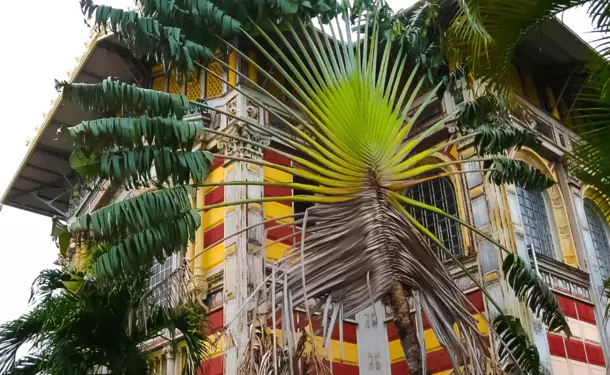
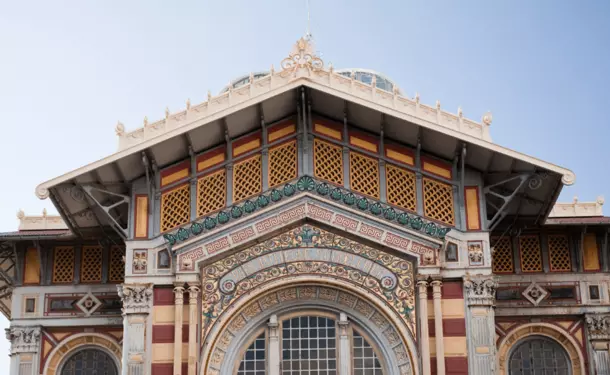
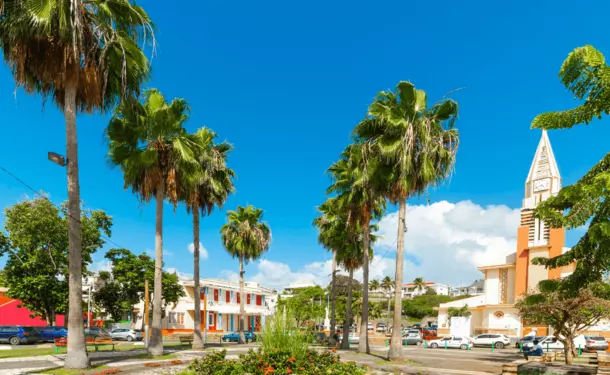
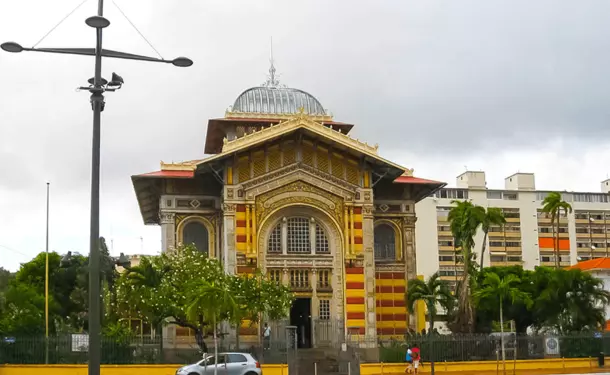

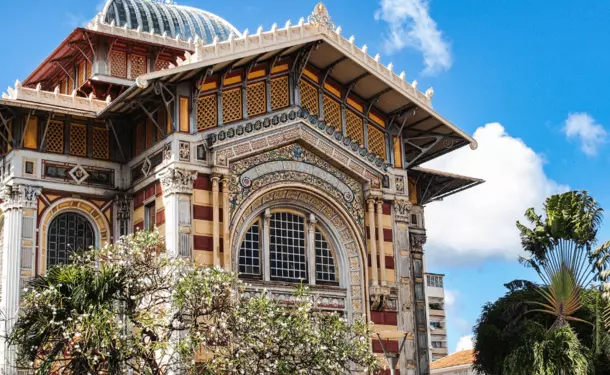
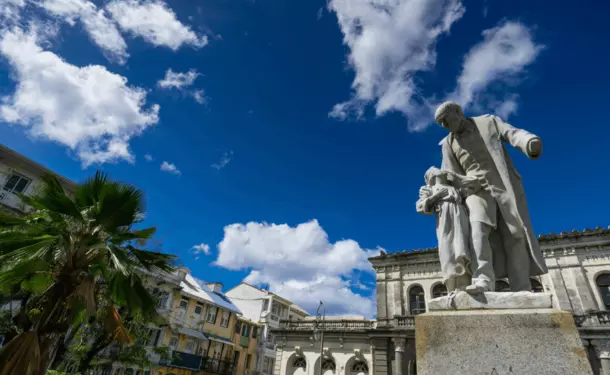
The others of the island of Martinique
Other sites in Martinique
Some activities to do in Martinique

17 €/adulte - lasts 1h

95 €/adulte - lasts 7h
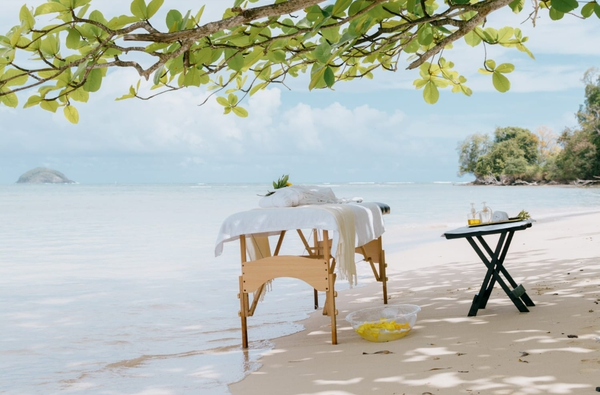
95 €/adulte - lasts 1h
















